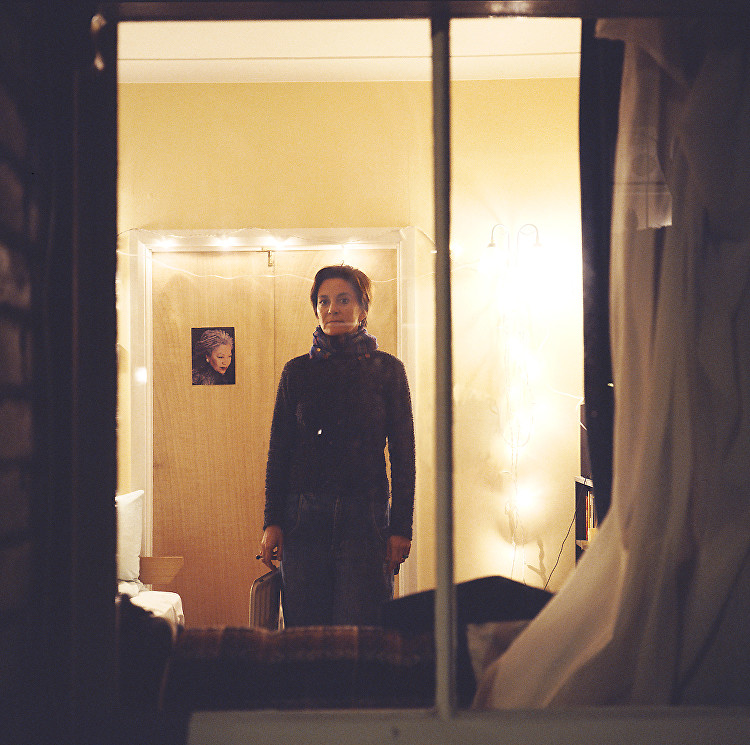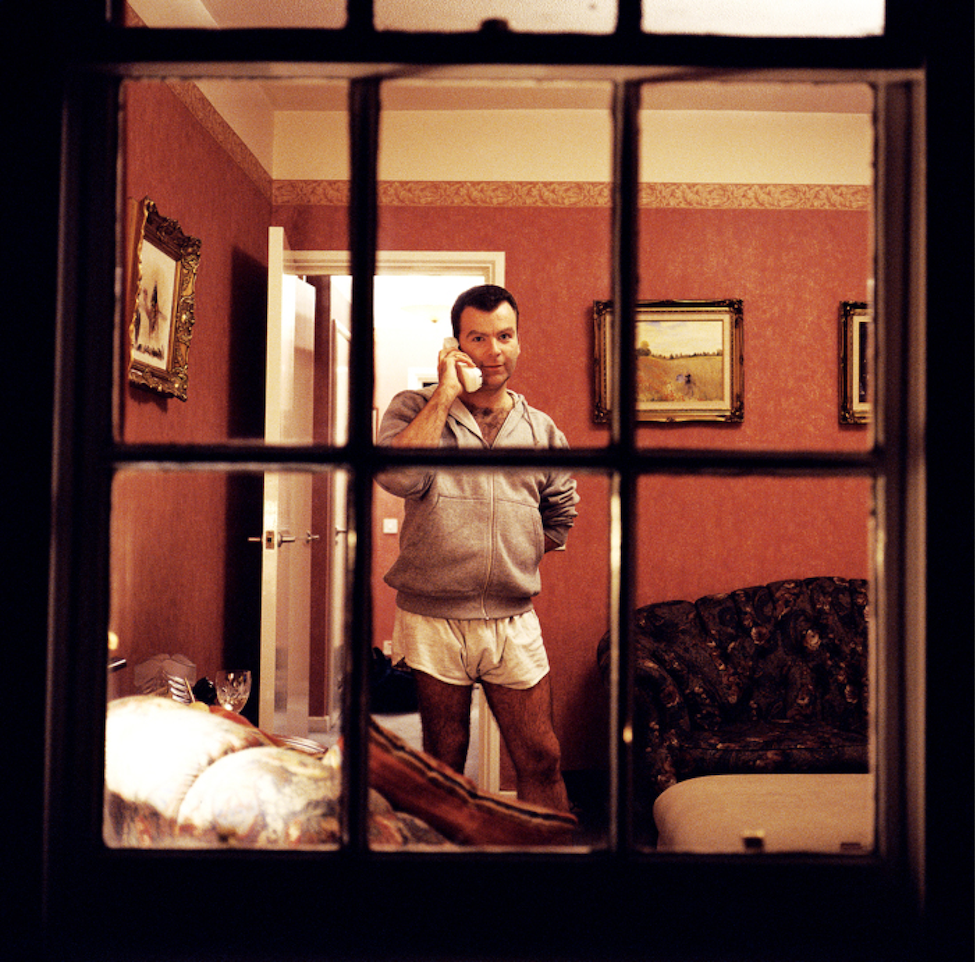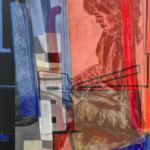After exploring the potential idea of repression and oppression of people as a tool for skewing the narratives of individuals, I decided that this concept was far too broad and vague to continue working with. Therefore, I have decided to return to my original idea of skewing the personal narrative through painting or photography, moving on the idea of windows as a lens through which individual narratives can, on one hand, be presented, whilst on the other, can also be skewed and broken up. Windows provide passers-by with a short-lived glimpse into a variety of lifestyles into ordinary people. However, the contrast between a completely transparent window compared with the opaqueness and solidity of building walls invites the audience to complete the personal narrative of the subject from their own imagination. Therefore, the concept of working with windows as a snapshot into the everyday narratives of subjects, grants us the tool with which we can make and break narrative.
Shizuka Yokomizo’s photography series of subjects through windows, fortifies the theme of viewing a glimpse into the life of ordinary people and their narratives. Yokomizo, in order to compel her subjects to refrain from acting in a certain way or concealing their personal narratives, sent anonymous letters to subjects in Berlin, New York, London and Tokyo, asking each subject to stand in front of their windows at a certain time in the evening in order for them to be photographed. Yokomizo never interacted directly with the subject; simply remained as a stranger who intended to capture a snapshot into the personal narratives of a variety of subjects.


I found Yokomizo’s work very inspirational for the development of my project, and from this, decided to work with a photograph I took of a woman reading on a train, with her face slightly concealed, and partially turned away from the camera. I intend to create a final outcome from this photograph, whilst retaining the theme of creating a stagnated and disjointed narrative, using mixed media of painting, card, and block colours in order to mirror the theme of opaqueness vs. transparency in terms of personal narratives of strangers.




